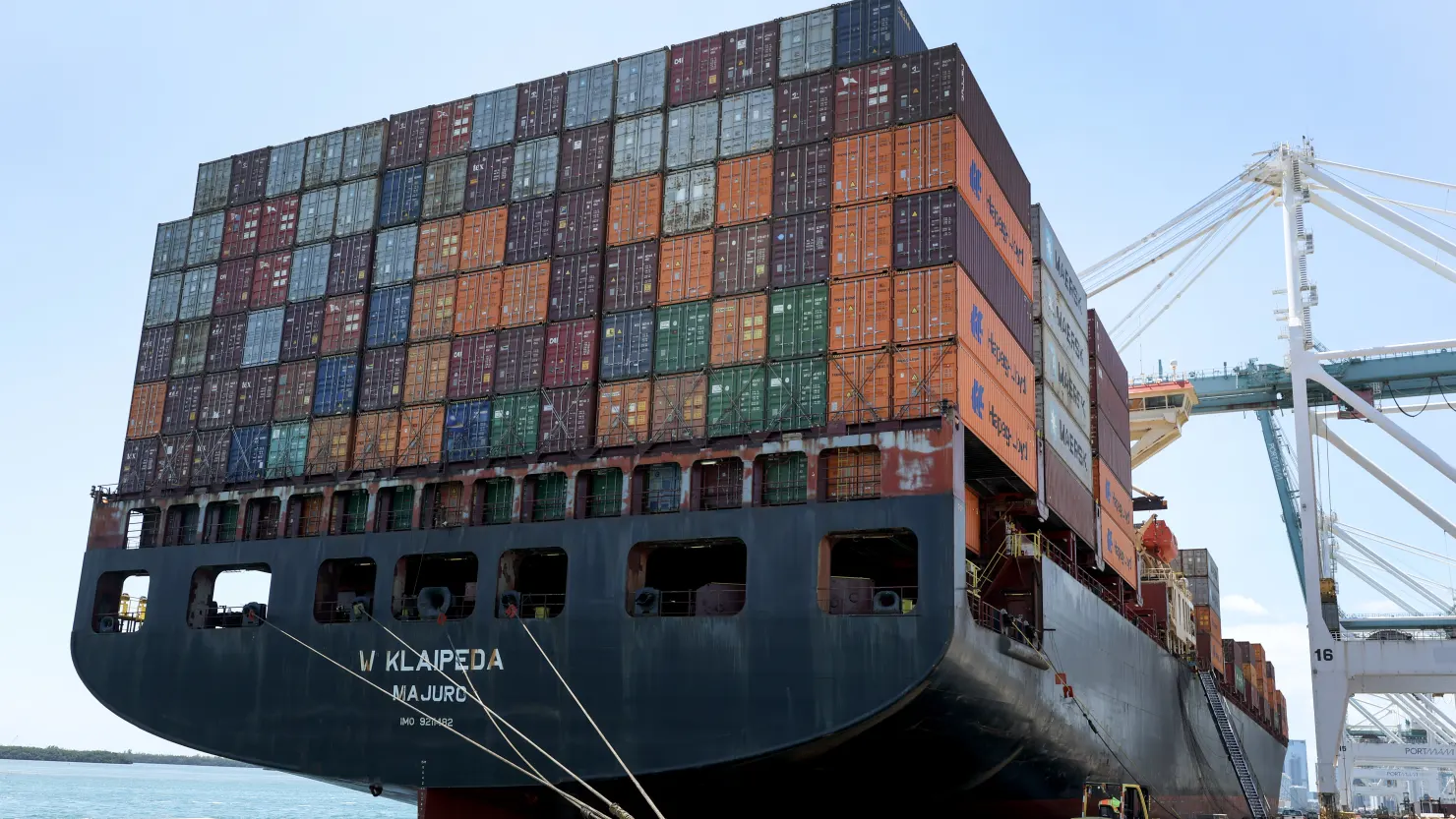The Trump administration on Thursday finalized new fees on Chinese-built vessels entering U.S. ports. The policy follows a multi-year investigation by both the Biden and Trump administrations, which found China’s industrial practices in shipbuilding were “unreasonable” and harmful to U.S. commerce.
“Ships and shipping are vital to American economic security and the free flow of commerce,” said U.S. Trade Representative Jamieson Greer. “The Trump administration’s actions will begin to reverse Chinese dominance, address threats to the U.S. supply chain, and send a demand signal for U.S.-built ships.”
Why Are the Fees Being Imposed?
According to a January report by the U.S. Trade Representative (USTR), China used targeted industrial policies to dominate global shipbuilding, undercutting American companies and threatening U.S. economic security. With Chinese-built vessels expected to make up 98% of global trade ships, U.S. officials argue the country must act now to revive its domestic shipbuilding industry.
The final rules impose per-voyage fees on ships built in China, rather than per-port fees as originally proposed. The change comes after heavy backlash from over 300 trade groups during March hearings. Many warned the U.S. economy was too reliant on Chinese-built cargo vessels to sustain an economic standoff.
What the Fee Schedule Looks Like
The fees will roll out in phases starting October 2025, with a six-month grace period at zero cost.
For Chinese-Owned Vessels:
- Oct 14, 2025: $50 per net ton
- Apr 17, 2026: $80 per net ton
- Apr 17, 2027: $110 per net ton
- Apr 17, 2028: $140 per net ton
(Capped at five charges per vessel, per year.)
For Other Vessels with Chinese-Built Hulls:
- Oct 14, 2025: $18 per net ton (~$120/container)
- Apr 17, 2026: $23 per net ton (~$153/container)
- Apr 17, 2027: $28 per net ton (~$195/container)
- Apr 17, 2028: $33 per net ton (~$250/container)
(Also capped at five times per vessel annually.)
For Car Carrier Ships:
- Fees start at $150 per Car Equivalent Unit (CEU) after 180 days.
LNG Vessels:
Restrictions on LNG transport via foreign vessels will phase in over 22 years, starting in three years.
Incentives for U.S. Shipbuilding
To encourage domestic production, vessel owners can apply for a fee waiver by submitting proof of an order for a U.S.-built ship. If they take delivery within three years, the fees on their Chinese-built counterpart are waived. If they fail to complete the purchase, the fees are applied retroactively.
“If a prospective vessel owner does not take delivery of the U.S.-built vessel ordered within three years, the fees will become due immediately,” the report states.
What’s Exempt?
Not all maritime traffic will be affected. Exemptions include:
- Bulk cargo like grain or coal
- Empty vessels entering U.S. ports
- Ships serving the Great Lakes, Caribbean, or U.S. territories
The new tariffs mark a significant escalation in the U.S.–China trade conflict, this time targeting the maritime and shipbuilding industries. While supporters say the move strengthens U.S. economic and supply chain security, critics warn it may raise shipping costs and strain global trade networks.






